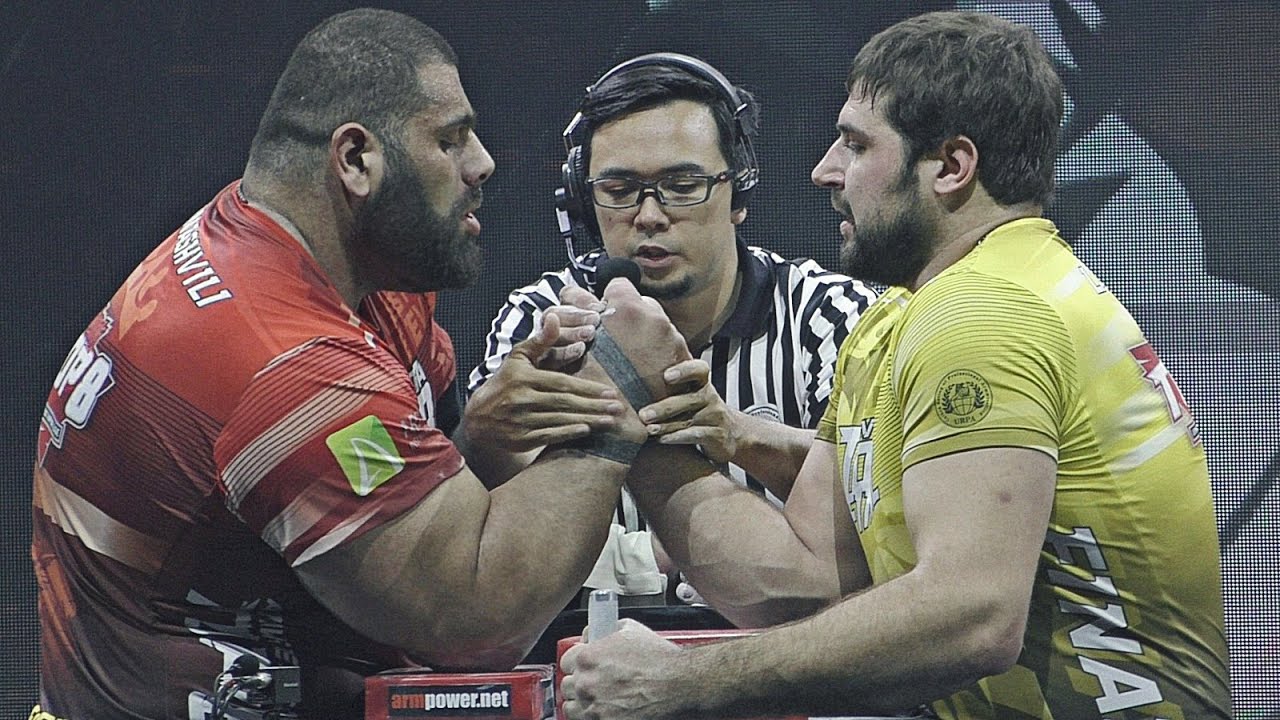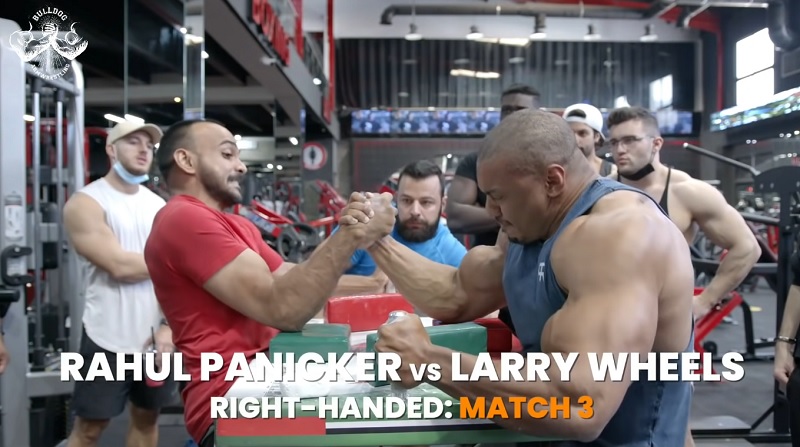Arm wrestling is a sport that captures the essence of strength, determination, and competition. From small local tournaments to international championships, arm wrestlers from all walks of life put their skills to the test, pushing their bodies to the limit.
However, to ensure fairness and balance, arm wrestling has different weight classes. These divisions allow competitors to face opponents who are similar in size and strength, creating a level playing field for everyone involved.
If you were to make Oleg Cherkasov a lightweight champion fight against a super heavyweight arm wrestler like Vitaly Laletin, we all know what would be the result. Hence, in this post, we will discuss the weight classes in arm wrestling and why they matte.
Does Weight Matter in Arm Wrestling?

When you step into the world of arm wrestling, you quickly realize that size does matter. The weight classes in arm wrestling exist to ensure that matches are fair and provide an equal chance for success to athletes of all builds. Just imagine a situation where a heavyweight giant engages in a battle with a featherweight athlete. It would be like trying to fit a square peg into a round hole – a clear disparity in size and strength. By introducing weight classes, arm wrestling seeks to prevent such unfair matchups and promote a more balanced competition.
But what exactly are these weight classes? Well, they can vary depending on the governing body that oversees the tournament. Each organization may have its own set of divisions, tailoring them to suit the needs of its competitors. Typically, arm wrestling weight classes range from lightweight to super heavyweight, providing a spectrum to accommodate different body types. This way, athletes can compete against opponents who are more closely matched in terms of size and power.
Arm Wrestling Weight Classes

Let’s delve into the different weight classes that arm wrestling has to offer. Starting with the lightweight division, athletes in this category usually weigh up to 150 pounds. Moving up the scale, we have the middleweight division, which encompasses participants weighing up to 190 pounds.
The next weight class is the light heavyweight division, where competitors weigh up to 210 pounds. Finally, we arrive at the heavyweight and super heavyweight divisions, allowing those weighing above 210 pounds to compete against their counterparts.
Why Weight Classes?
By categorizing athletes into these weight classes, arm wrestling upholds the values of fairness, inclusivity, and safety. Competitors are pitted against opponents of similar strength and build, mitigating any advantage that a significant weight difference could otherwise bestow. This ensures that the outcome of a match is primarily determined by skill, technique, and strategy rather than raw size and mass. Every arm wrestler, regardless of their body type, has an equal opportunity to showcase their abilities and make a name for themselves in the sport.
Importance of Weight Classes in Arm Wrestling

Now that we’ve explored the importance of weight classes in arm wrestling, let’s take a deeper dive into each division and the unique challenges they present. In the lightweight division, competitors rely on their agility and speed to outmaneuver their opponents. These athletes may not possess the overwhelming strength of their heavyweight counterparts, but they make up for it with quickness and finesse. It’s a division that requires precision, as one wrong move can quickly result in defeat.
Moving up to the middleweight division, we encounter arm wrestlers who strike a balance between strength and agility. This group faces the challenge of finding the perfect combination of power and quickness, as they navigate the intricacies of the sport. Being in the middleweight division means contending with opponents who may have different physical attributes, emphasizing the importance of adapting and devising unique strategies for each match.
Stepping into the light heavyweight division, we witness athletes whose primary advantage lies in their sheer strength. These competitors possess the power to topple opponents with raw force, putting immense pressure on their adversaries. However, they must also develop strategies to counterbalance any weaknesses that may come with their size. It’s a division that demands mental and physical acuity, as competitors strive to exploit their strengths while overcoming any limitations they may have.
Finally, we reach the heavyweight and super heavyweight divisions, where a different level of strength takes center stage. Athletes in these weight classes possess the size and power to overwhelm opponents through force alone. However, they must also be wary of technique-focused opponents who may be able to exploit openings in their armor. It is in these weight classes that the sport often showcases the pinnacle of physical strength and endurance.
Final Words
In conclusion, arm wrestling weight classes are essential in ensuring fair and balanced competition. By dividing athletes based on their size and weight, arm wrestling circumvents any potential disadvantages or advantages that may arise from disparities in strength. This system allows competitors to face opponents who are similar in build and power, giving everyone an equal opportunity to succeed.
So, the next time you step into an arm wrestling tournament, remember the importance of weight classes in the sport – they exist to create a level playing field and celebrate the remarkable achievements of arm wrestlers, regardless of their size!

